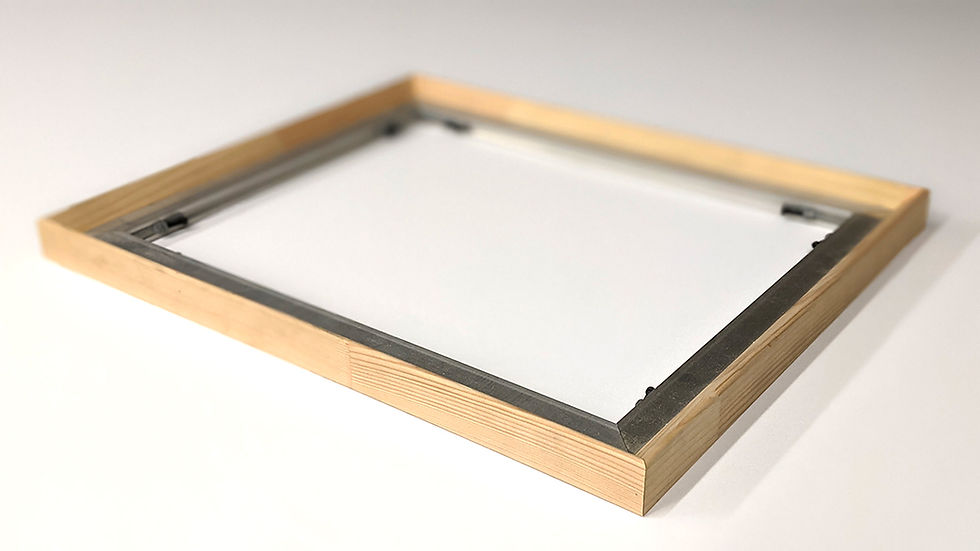In summary, Z-bars provide a secure and aesthetically pleasing way to hang heavier painting panels on walls, giving them a floating appearance while minimizing the risk of accidental displacement or theft. They are a popular choice among artists and homeowners for displaying artwork and decorative panels.
Z-Bar Design: Z-bars are typically made of metal and have a Z-shaped profile when viewed from the side. They consist of two parts: one part is attached to the back of the painting panel, and the other part is attached to the wall.
Attachment: The Z-bar that is attached to the back of the painting panel has pre-drilled holes for easy attachment to the panel. This ensures a secure connection between the panel and the Z-bar.
Wall Mounting: The other part of the Z-bar is attached horizontally to the wall, typically along the top of the frame where the lip of the Z-bar points downward. This is usually done using screws or wall anchors for added stability.
Floating Effect: When the painting panel is hung on the wall, it "hooks" onto the Z-bar on the wall. The Z-bar on the wall and the one on the panel interlock, creating a strong and secure connection. The result is a floating effect, where the painting panel appears to hover slightly away from the wall, usually by a few millimeters (3mm in your case).
Stability and Security: Z-bars are designed to distribute the weight of the panel evenly along the length of the bar, making them ideal for heavier items. This design also makes it difficult for the panel to be accidentally knocked off or stolen, as it requires a deliberate lift and removal.
Versatility: Z-bars come in various sizes and weight capacities to accommodate different panel sizes and weights.
Z Bar Pairs - Pairs
Each Z bar comes as a pair.
CLICK HERE for our Terms and Conditions























